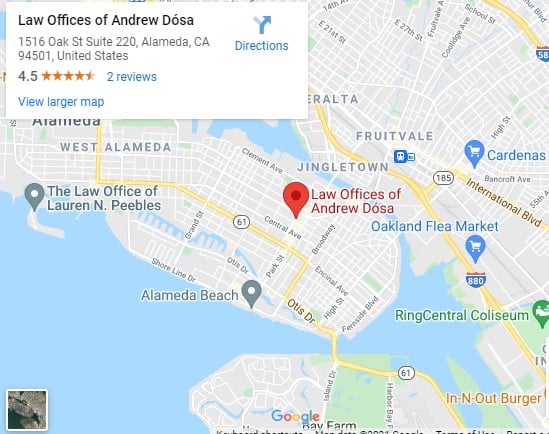Clients facing criminal charges experience stress and anxiety. It is not the solution or full answer to that stress and anxiety, but knowing what you might be facing, as the case moves forward, can often help. Here are how criminal matters typically start, and then, how a criminal prosecution flows toward a resolution:
Investigation:
Many cases begin when someone claims they were a victim of or witnessed a crime.
Sometimes law enforcement agencies observe suspected criminal activity or get the call from the victim witness. An “investigation” involves collecting evidence, interviewing witnesses, and gathering information to identify the perpetrator.
Arrest:
If there is enough suspicion or evidence to believe a specific person committed the crime, law enforcement may make an arrest.
The arrested person might be interrogated, or just arrested, and then informed of the charges against them and their rights, including the right to remain silent and the right to an attorney. Police may be able to get away without giving Miranda Warnings at the outset.
Booking:
The arrested person is booked at jail or the police department. Police personnel will get personal information, take fingerprints and photographs, and create an official arrest record.
First Appearance/Arraignment:
The arrested person, now the defendant, is ordered to appear before a judge. The hearing is called an arraignment. If the Complaint is filed, a copy of these “charges” are given to the defendant, who can enter a plea (guilty, not guilty, or no contest), and ask for a speedy trial in a misdemeanor, or a preliminary hearing in a felony. It is common for this right to be waived or partially waived. In California felony cases, the preliminary hearing (sometimes called a PX–preliminary examination) must be within 10 court days or 60 calendar days, if either right is not waived.
Bail Hearing:
If the accused is not released on his or her own recognizance (OR’ed), a bail hearing may be held to determine if the person can be released before the trial and, if so, under what conditions. Bail has gone through dramatic changes in the last few years.
Preliminary Hearing/Grand Jury:
In some cases, a preliminary hearing is held to determine if there is enough evidence for the case to proceed to trial. Alternatively, a grand jury may be convened to decide whether formal charges (indictments) should be brought.
Arraignment on Information/Indictment:
If there is enough evidence, the accused is formally charged in court through an information or indictment. In California felonies, after the PX, an information is filed. It is essentially the same as a Complaint.
Discovery:
Both the prosecution and defense exchange information and evidence that they intend to present at trial.
Pretrial Motions:
Attorneys may file pretrial motions to address legal issues, such as the admissibility of certain evidence or the dismissal of charges.
Plea Bargaining:
Prosecutors and defense attorneys may negotiate a plea bargain, where the defendant agrees to plead guilty to a lesser charge in exchange for a lighter sentence. With more minor charges, there has been a push for diversion, and sometimes the prosecutor will propose diversion according to the many new statutes pushing cases in that direction.
Trial:
If the case goes to trial, evidence is presented, witnesses are called, and arguments are made by both the prosecution and defense. The defendant gets all these rights under both the California and US Constitutions, and the right to silence is more commonly invoked. Most defendants will not testify. It is the burden on the government prosecutor to present evidence. No defendant needs to prove innocence.
A judge or jury determines whether or not the government met its burden. Thus, the verdict will likely be either guilty or not guilty, which is called acquittal. There can be a “hung jury”, when all 12 jurors are not unanimous in the verdict.
Verdict:
The judge or jury delivers a verdict of either guilty or not guilty.
Sentencing:
If the defendant is found guilty, the jury is dismissed, and the judge, at a separate sentencing hearing, determines the punishment to impose. It is possible, but not common, for a judge to grant a motion for new trial or similar relief for the defendant. punishment.
Appeals:
A party convicted after trial has the right to appeal the verdict or the sentence.




